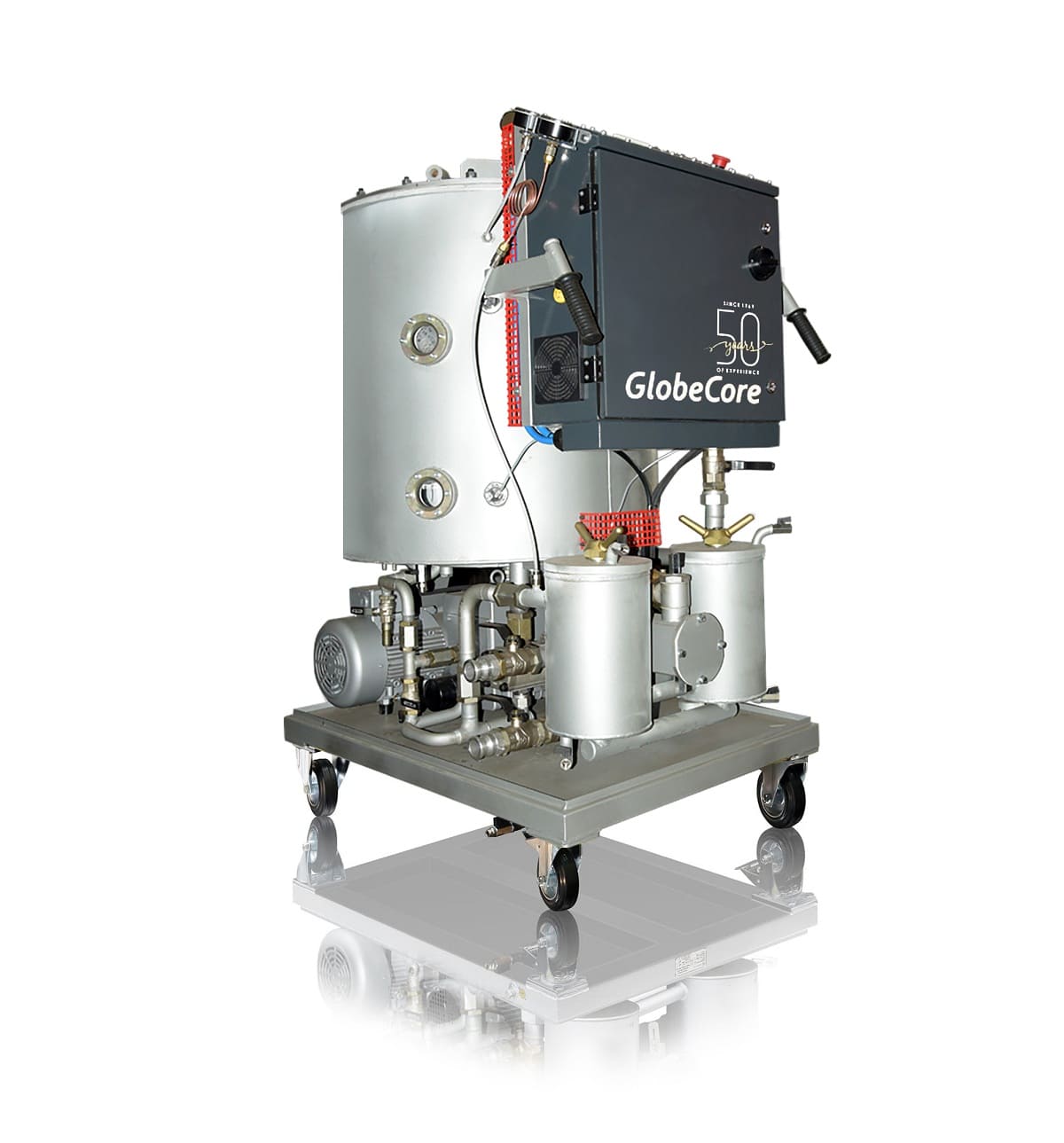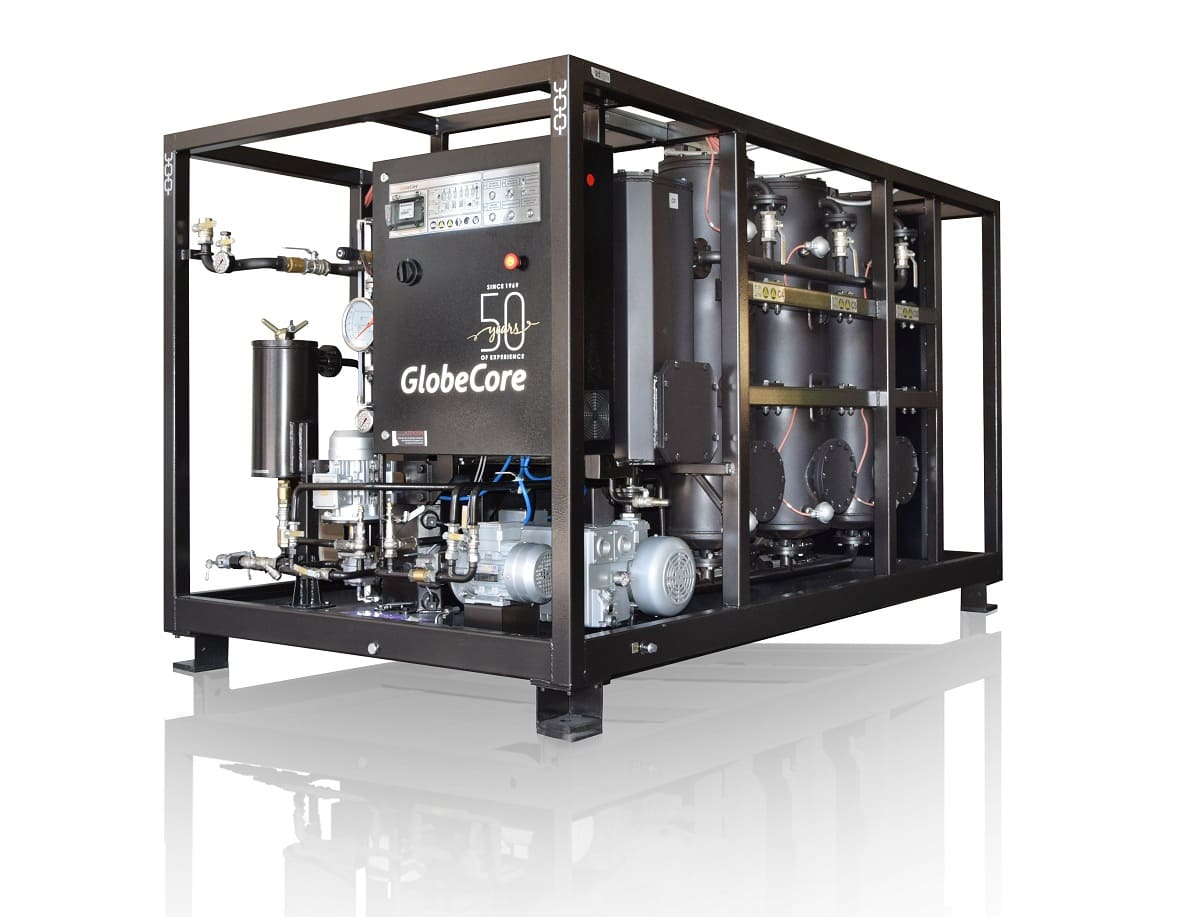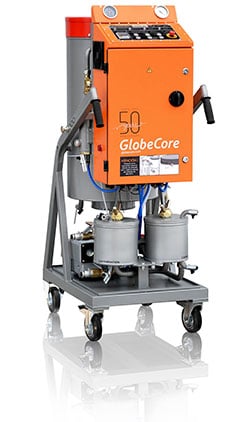How are Hydraulic Oil Testing Procedures conducted to ensure oil quality?
- This topic has 1 reply, 2 voices, and was last updated 1 year, 2 months ago by .
Answers
-
October 4, 2024 at 1:25 pm by Plinio Leiva-Bou
Hydraulic oil testing procedures are conducted through a series of analytical techniques designed to evaluate the oil’s condition and performance. The process begins with oil sampling, where a representative sample is carefully extracted to avoid contamination. Viscosity measurements assess the oil’s flow characteristics under different temperatures, ensuring it meets specified requirements. Dielectric strength tests evaluate the oil’s insulating properties, critical for preventing electrical discharges in hydraulic systems. Moisture content analysis, often using Karl Fischer titration, determines the presence of water, which can degrade oil quality and cause corrosion. Acid number tests measure the concentration of acidic byproducts from oil oxidation, indicating potential corrosive effects on system components. Particle count analysis assesses the cleanliness of the oil by quantifying solid contaminants. Additionally, dissolved gas analysis (DGA) can detect gases that signify internal faults or degradation processes. These tests collectively ensure that hydraulic oil maintains its performance, protecting the system from wear, corrosion, and inefficiencies.



